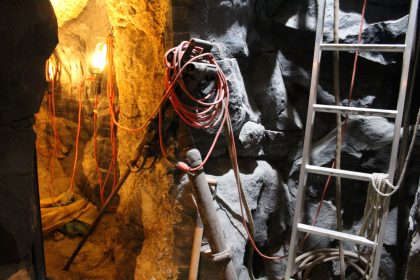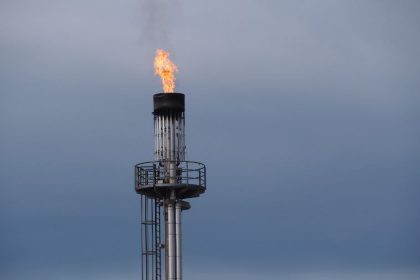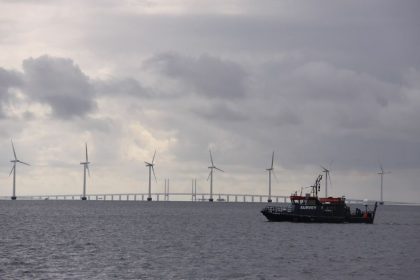Federal Facilities to be Retrofit With Climate-Resilient Technologies

WASHINGTON — The Energy Department is providing $13 million in funding to retrofit 17 federal facilities across the country with renewable energy and other climate resilience technologies.
According to the department, these projects will lower energy costs and enhance the facilities’ resilience following the more extreme weather events that are a byproduct of climate change.
Each of the projects will rely on energy performance contracts at no additional up-front cost to the government and will lower energy and water utility bills by more than $30 million annually while reducing greenhouse gas emissions by over 200,000 metric tons, the department said in a press release.
To kick the initiative off, Energy Secretary Jennifer Granholm recently visited the New Carrollton Federal Building in Maryland to observe a model of the energy efficient technologies that will soon be deployed across the country.
“By outfitting federal buildings with technologies to reduce water and energy consumption and shrink carbon emissions, the federal government is leading by example and saving taxpayers money by lowering energy bills,” Granholm said during the visit.
“The investments of the bipartisan infrastructure law and the build back better agenda will supercharge the deployment of these technologies and grasp a substantial opportunity to strengthen America’s economic, energy, and environmental security while fighting climate change,” she said.
Funding for the projects is being provided through the Assisting Federal Facilities with Energy Conservation Technologies program.
In addition, the bipartisan infrastructure law includes $250 million for federal building energy efficiency improvements.
To increase the impact of these projects, federal agencies will leverage over $724 million by using alternative financing mechanisms, including energy savings performance contracts and utility energy service contracts.
The participating agencies will install both traditional energy efficiency measures and renewable energy technologies, such as solar photovoltaics, while deploying innovative energy conservation measures like battery energy storage systems with microgrid controls, pumped water storage, lighting efficiency, electric vehicle supply equipment, combined heat and power using biofuels with carbon capture and storage and other novel technologies.
Participating agencies and facilities include the U.S. Coast Guard, Naval Information Warfare Center, Internal Revenue Service, U.S. Customs and Border Protection, General Services Administration (multiple locations), Joint Base McGuire-Dix-Lakehurst, Department of Energy, Office of Science, Naval Air Station Whidbey Island, Department of Defense, Washington Headquarters Service, Joint Base Myer-Henderson Hall, Eglin Air Force Base, Naval Facilities Engineering Systems Command, Joint Base Langley-Eustis, and Federal Aviation Administration.
As the single largest energy consumer in the nation, reducing the carbon footprint of the federal government is critical to achieving President Biden’s goal of a net zero-emission economy by 2050.
In recent years, the federal government has prioritized the energy efficiency of federal property. In 2018, it spent $16.6 billion for energy used in more than 350,000 buildings and 600,000 over-the-road vehicles, as well as aircraft, ships, and other equipment.
Dan can be reached at [email protected] and at https://twitter.com/DanMcCue.
























